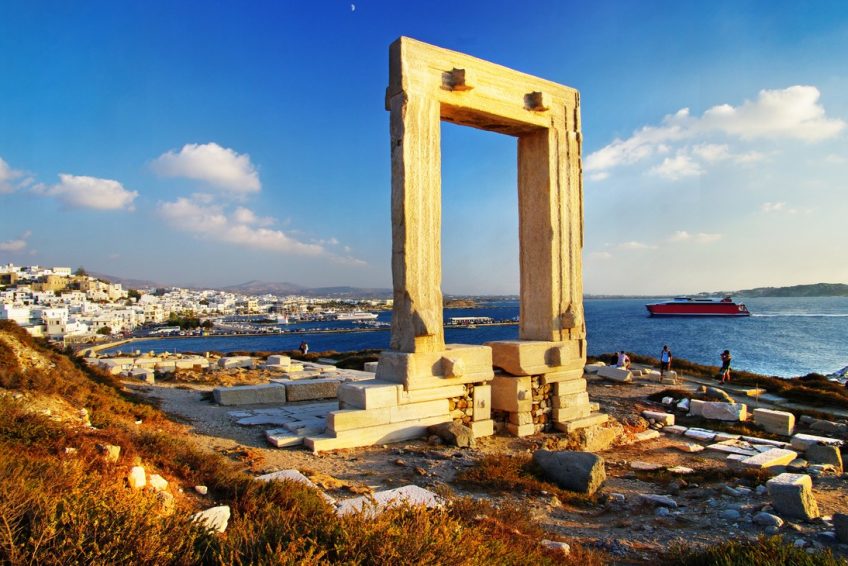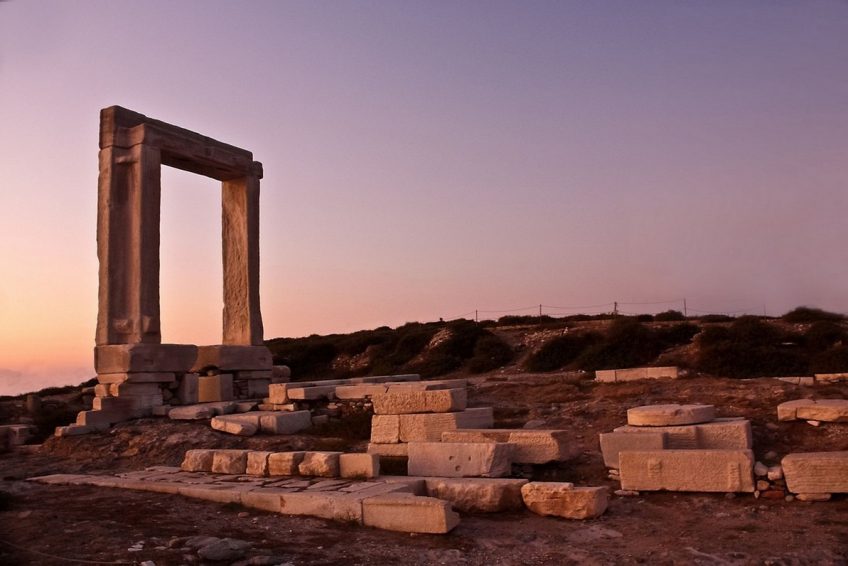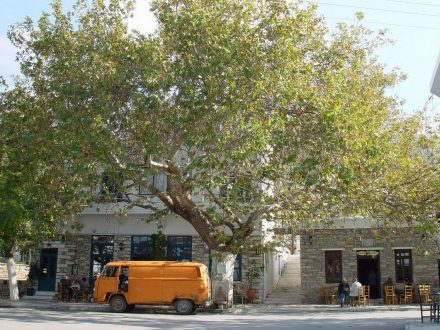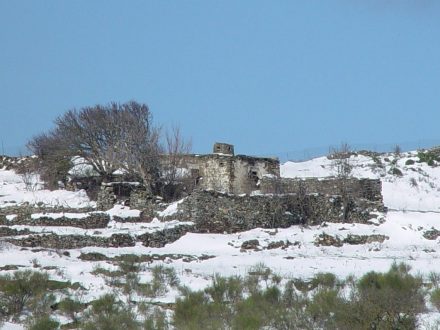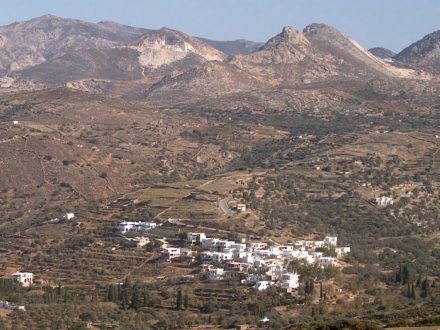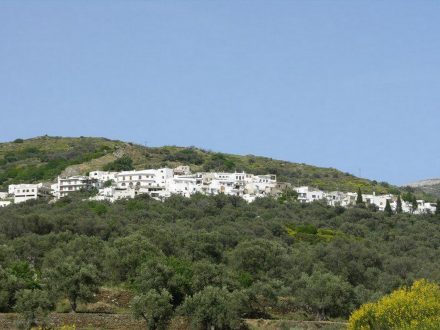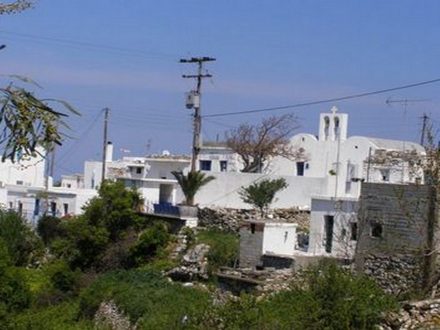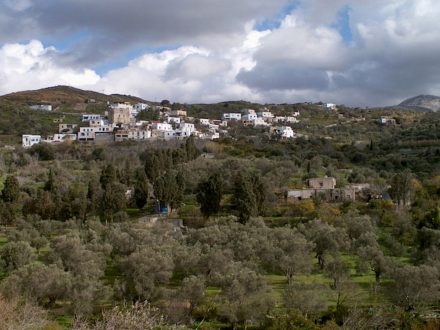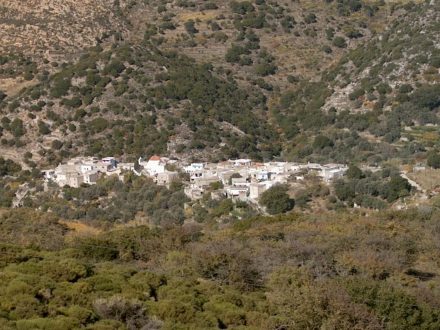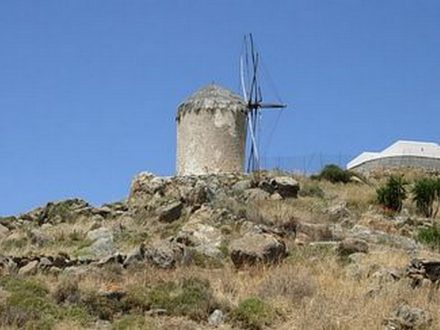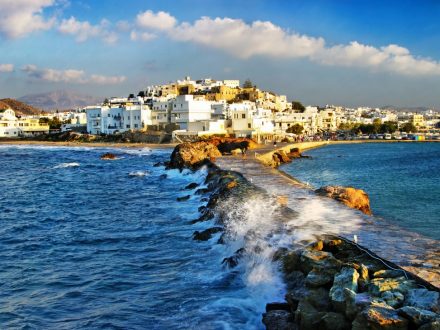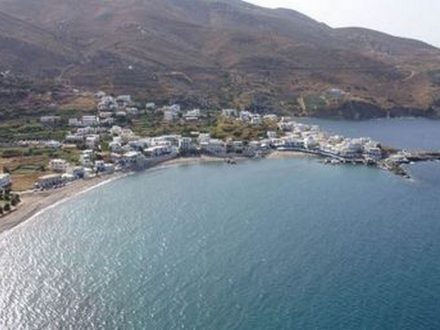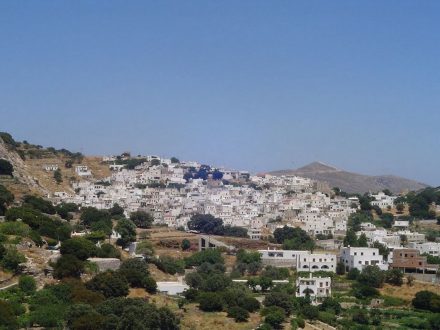History of Naxos
Naxos, Naxos ke Mikres Kiklades, GreeceDuring the 8th and 7th centuries BC, Naxos dominated commerce in the Cyclades. Naxos was the first Greek City-State to attempt to leave from the Delian League circa 476 BC; Athens quickly squashed the notion and forcibly removed all military naval vessels from the island’s control. Athens then demanded all future payments from Naxos in the form of gold rather than military aid. Herodotus describes Naxos circa 500 BC as the most prosperous Greek island.
In 502 BC an unsuccessful attack on Naxos by Persian forces led several prominent men in the Greek cities of Ionia to rebel against the Persian Empire in the Ionian Revolt, and then to the Persian War between Greece and Persia.In the aftermath of the Fourth Crusade, with a Latin Emperor under the influence of the Venetians established at Constantinople, the Venetian Marco Sanudo conquered the island and soon captured the rest of the islands of the Cyclades, establishing himself as Duke of Naxia, or Duke of the Archipelago. Twenty-one dukes in two dynasties ruled the Archipelago, until 1566; Venetian rule continued in scattered islands of the Aegean until 1714. Under Venetian rule the island was called by its Italian name: Nasso. The Ottoman administration remained essentially in the hands of the Venetians; the Porte’s concern was satisfied by the returns of taxes. Very few Turks ever settled on Naxos, and Turkish influence on the island is slight. Under Ottoman rule the island was known as Turkish: Nakşa. Ottoman sovereignty lasted until 1821, when the islands revolted; Naxos finally became a member of the Greek state in 1832.
During the 8th and 7th centuries BC, Naxos dominated commerce in the Cyclades. Naxos was the first Greek City-State to attempt to leave from the Delian League circa 476 BC; Athens quickly squashed the notion and forcibly removed all military naval vessels from the island’s control. Athens then demanded all future payments from Naxos in the form of gold rather than military aid. Herodotus describes Naxos circa 500 BC as the most prosperous Greek island.
In 502 BC an unsuccessful attack on Naxos by Persian forces led several prominent men in the Greek cities of Ionia to rebel against the Persian Empire in the Ionian Revolt, and then to the Persian War between Greece and Persia.In the aftermath of the Fourth Crusade, with a Latin Emperor under the influence of the Venetians established at Constantinople, the Venetian Marco Sanudo conquered the island and soon captured the rest of the islands of the Cyclades, establishing himself as Duke of Naxia, or Duke of the Archipelago. Twenty-one dukes in two dynasties ruled the Archipelago, until 1566; Venetian rule continued in scattered islands of the Aegean until 1714. Under Venetian rule the island was called by its Italian name: Nasso. The Ottoman administration remained essentially in the hands of the Venetians; the Porte’s concern was satisfied by the returns of taxes. Very few Turks ever settled on Naxos, and Turkish influence on the island is slight. Under Ottoman rule the island was known as Turkish: Nakşa. Ottoman sovereignty lasted until 1821, when the islands revolted; Naxos finally became a member of the Greek state in 1832.


